
Latest technical updates from the team at Agrovista Amenity
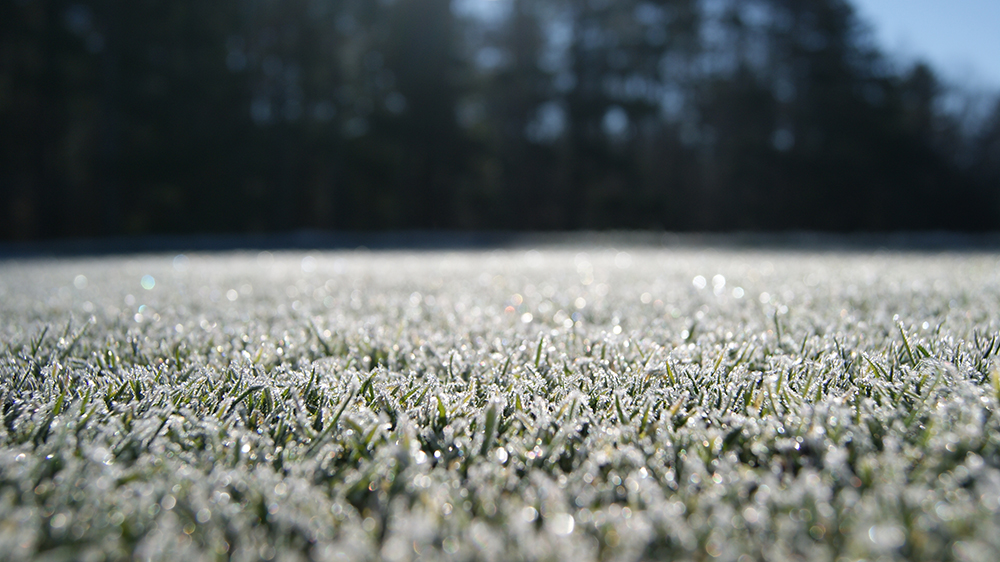

Whilst not known for extreme weather conditions, the UK climate can provide challenges for managing turfgrass surfaces during the winter months. Periods of waterlogging, limited light, disease pressure, and fluctuating temperatures place significant physiological strain on turfgrass, particularly on intensively managed playing surfaces.
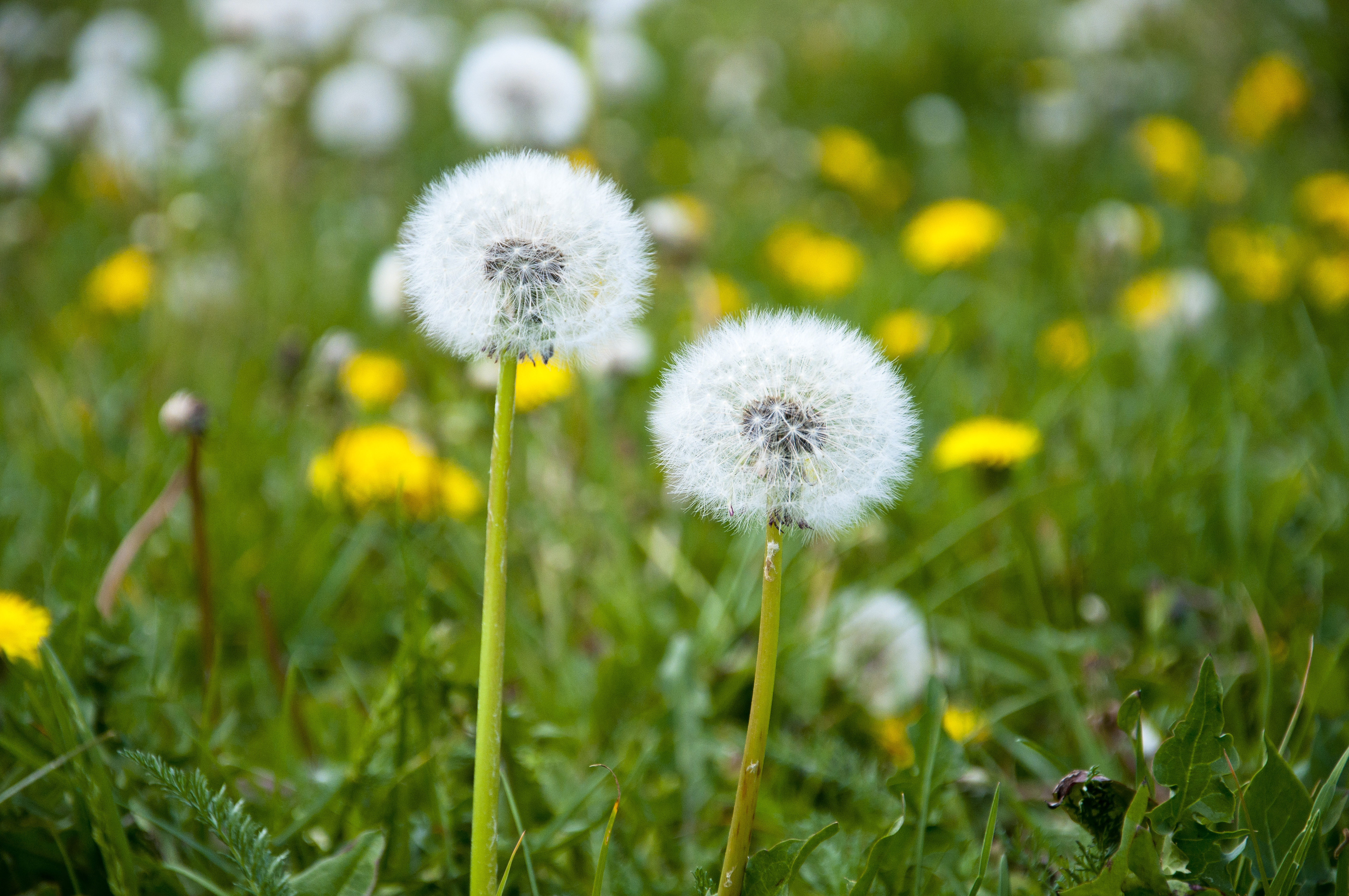

There are few turf surfaces that have the fortune of remaining weed free throughout their useful life. Whether it is grasses or broadleaved weeds, annuals or perennials, at some point there is likely to be a requirement for some degree of weed control to ensure that the surface remains attractive, functioning, and safe.
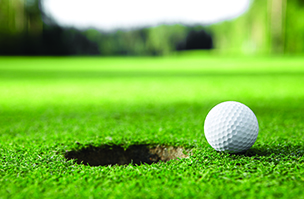

Growth opportunity - Regulate plant development by using phytohormones to help plants create the right growth response at the right time.
.jpg)

It is important to understand the factors that lead to successful germination and establishment: water, oxygen, and warmth.


It is hard to escape from the fact that the cost of nitrogen fertilisers has increased significantly due to a range of factors placing strain on both supply and demand globally.
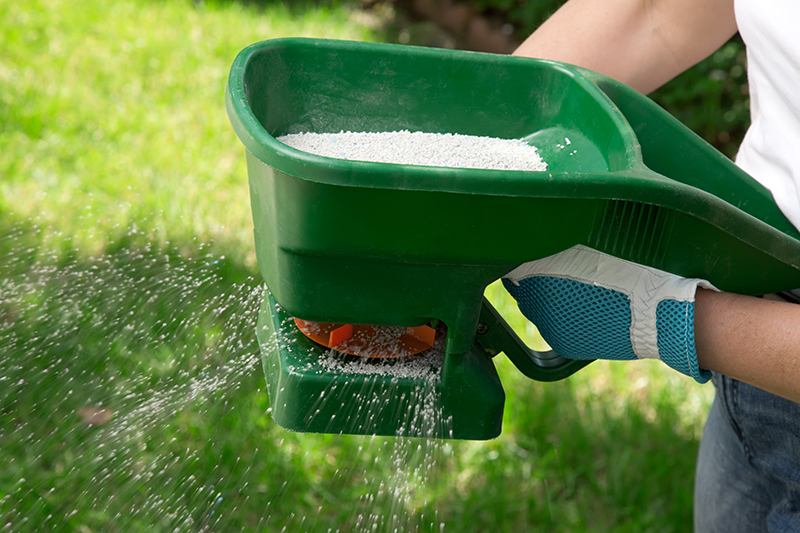

With the green movement and the increasingly green European Parliament restrictions, requirements towards fertilisers and other chemical production are on the rise.
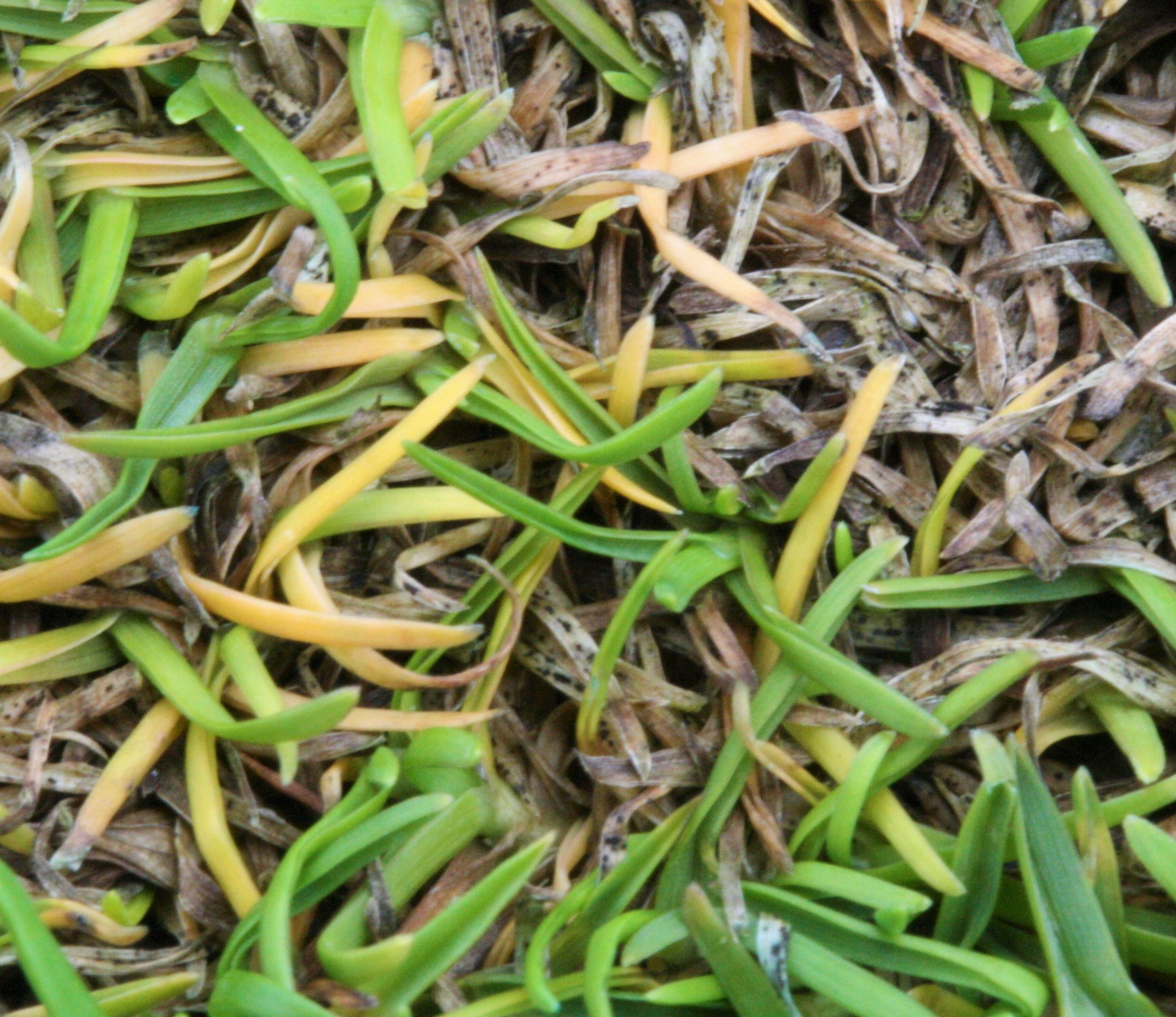

Anthracnose of turf is caused by the pathogen Colletotrichum cereale. The disease primarily affects intensely managed turf surfaces because of the considerable stresses that these environments place on the host plants.
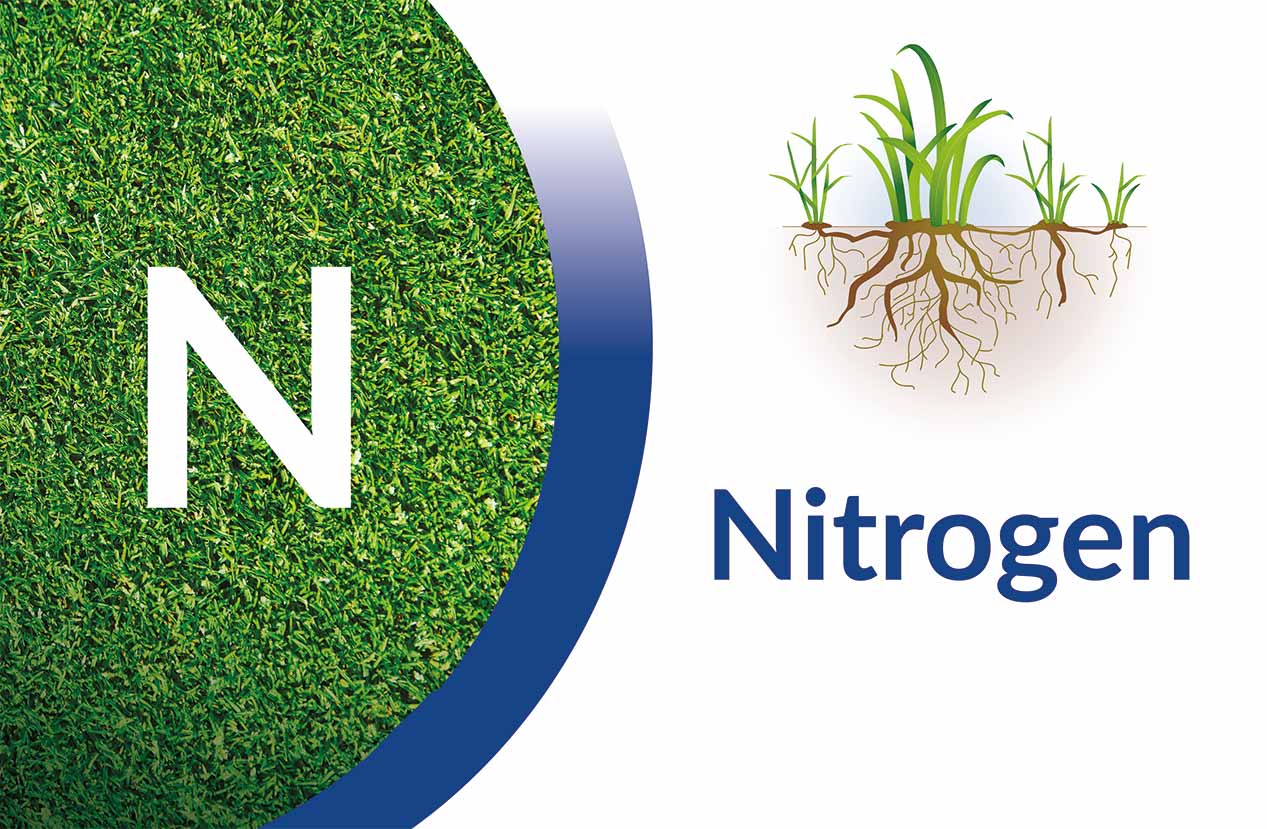

Nitrogen is one of the most important nutrients that grasses need to sustain healthy growth
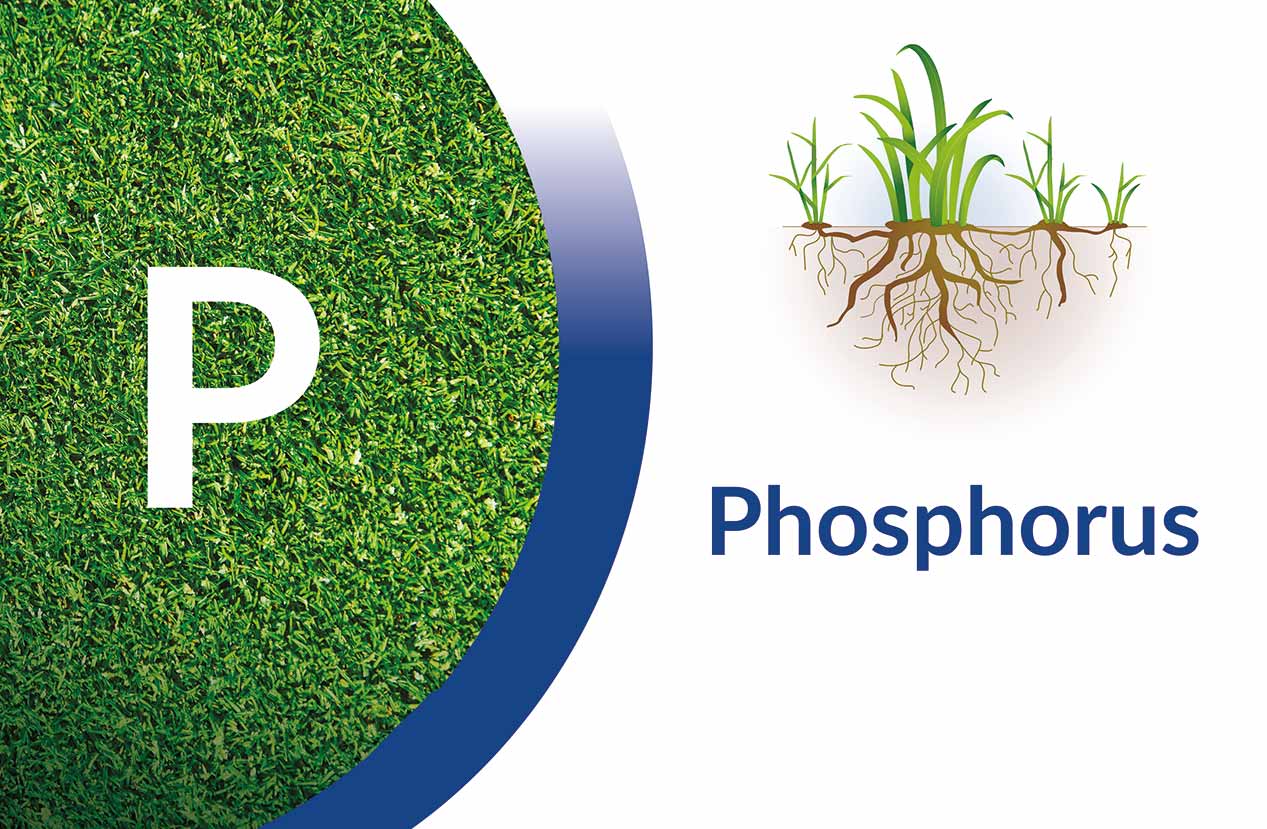

Phosphorus is an important requirement of many plant compounds that are essential for growth.
This site uses cookies - by continuing to browse this site, you are agreeing to our use of cookies.